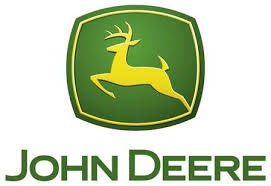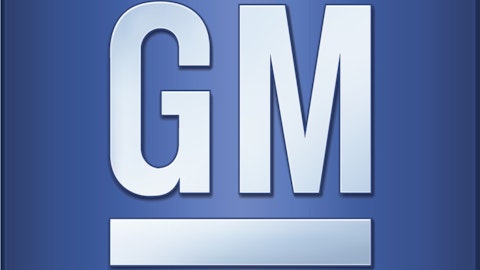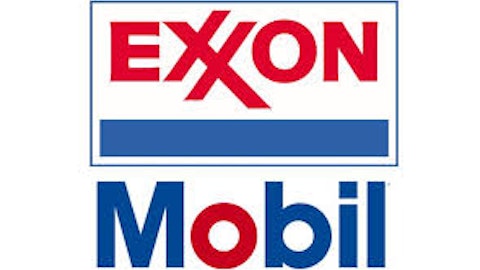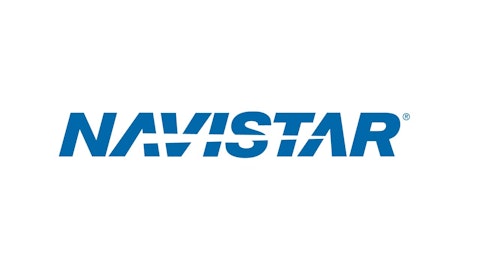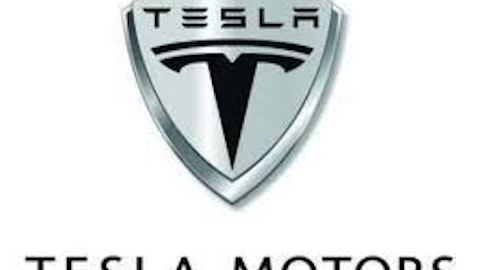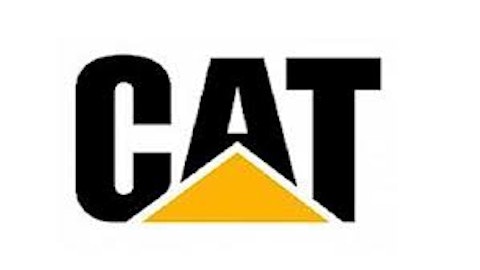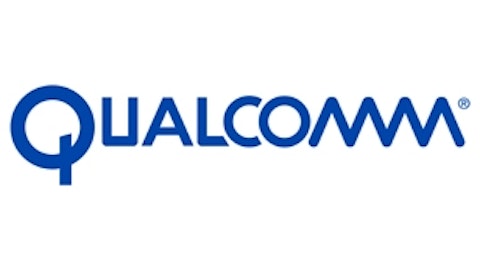I recently fell into a trap when analyzing the debt at Deere & Company (NYSE:DE). When looking at the balance sheet, I concluded that the company had $9 billion in short-term borrowings and a further $22.5 billion in longer-term borrowing, which gave a total debt level of $31.5 billion for 2012. This meant (or so I believed) that Deere’s debt was up 32% from the previous year’s figure of $24 billion.
In addition, with my figure of $31.5 billion for 2012, Deere & Company (NYSE:DE) would have been trading on a net debt-to-equity level of 4.2 (420%) — but I was seriously wrong.
You see, Deere & Company (NYSE:DE) has a finance division that lends money to customers to buy Deere’s sometimes very expensive equipment. The finance division borrows money to lend out to customers at a higher rate.
At the end of 2012, Deere’s finance division had just under $27 billion of financing receivables and financing income outstanding. Of that amount, $23 billion was unrestricted and $3.7 billion was securitized. These receivables are themselves placed as assets on the balance sheet.
However, to finance these receivables, Deere & Company (NYSE:DE) has issued long- and short-term debt in the form of notes and debentures, which has added to the company’s total debt.
| Metric | Equipment Operations | Financial Services | Total |
|---|---|---|---|
| Short-Term Debt | $7,676 | $2,130 | $8,989 |
| Long-Term Debt | $5,445 | $17,008 | $22,453 |
Figures in millions.
In practice, debt related to financial services operations is offset by financing receivables on the balance sheet.
So most websites will display Deere’s total debt as being roughly $31.5 billion, but debt that is related to operations totals only $13 billion. The rest is offset through financing receivables.
Not the only one
It’s not just Deere & Company (NYSE:DE) that has this odd-looking balance-sheet structure. Caterpillar Inc. (NYSE:CAT) and Ford Motor Company (NYSE:F) are at it, too.
On Caterpillar Inc. (NYSE:CAT)’s balance sheet under assets, there is a section for finance receivables, which shows that the company has $23 billion in financial receivables resulting from loans to its customers.
Like Deere, Caterpillar Inc. (NYSE:CAT) has borrowed to finance these loans, and in total, including debt for capex spending, Caterpillar Inc. (NYSE:CAT) has $40 billion of debt, for a debt-to-equity level of roughly 2.4 times.
However, if we strip apart the debt, we get the following:
| Metric | Equipment Operations | Financial Services | Total |
|---|---|---|---|
| Short-Term Debt | $636 | $4,651 | $5,287 |
| Current Portion of Long-Term Debt | $1,113 | $5,991 | $7,104 |
| Long-Term Debt | $8,666 | $19,086 | $27,752 |
| Total | $10,415 | $29,727 | $40,143 |
Figures in millions.
Caterpillar Inc. (NYSE:CAT)’s total debt that is related to equipment operations (capex spend) is $10,415 million, which gives Caterpillar Inc. (NYSE:CAT) an actual debt-to-equity level of 0.6.
Debt related to financing operations totals $29.7 billion. Once again as I mentioned with Deere, debt related to financial-services operations is offset on the balance sheet by financial receivables related to loans on equipment.
